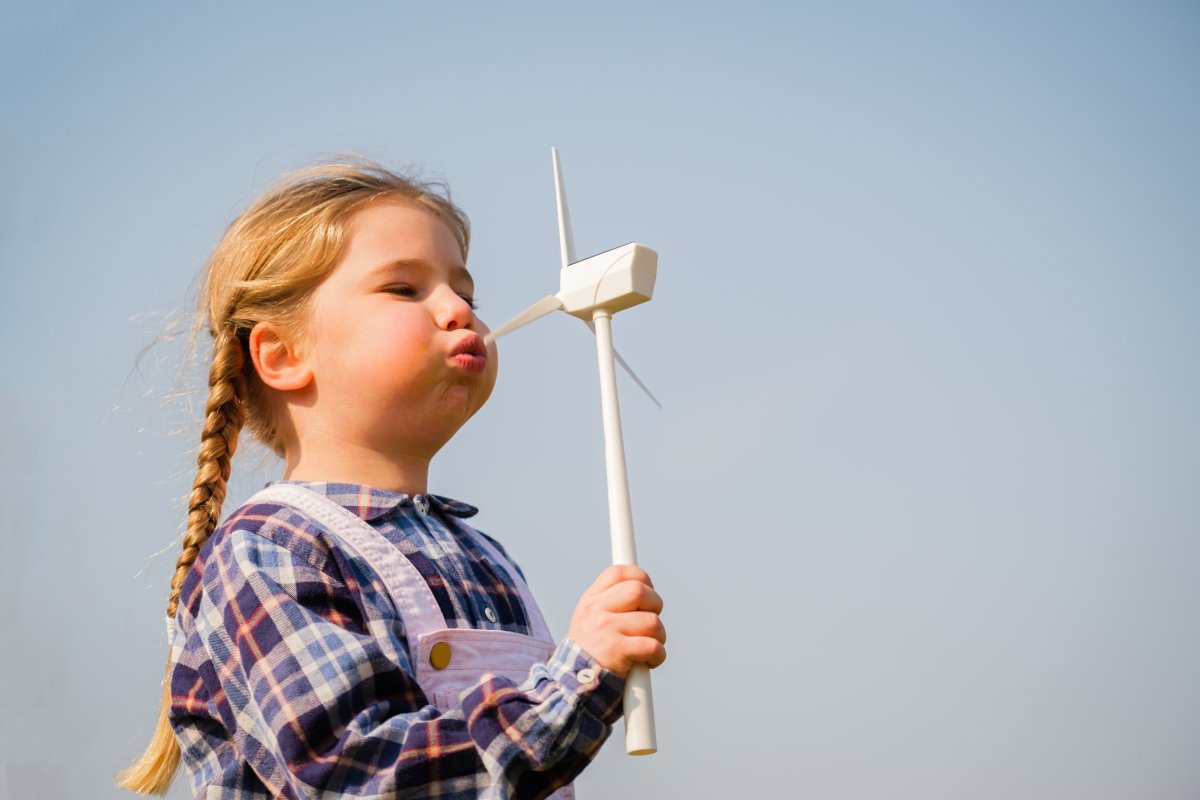Wind turbines are an important source of renewable energy. However, they only produce electricity when the wind is blowing. Even then, the rotors of the turbines must be aligned with the wind direction and speed for maximum efficiency, as even the smallest deviations can result in energy loss. To address this issue, researchers at the Paris Institute Polytechnique have developed an algorithm that utilizes artificial intelligence to optimize the process of automatic wind direction tracking.
The researchers’ algorithm takes into account a variety of factors, including wind direction, the energy consumption of the yaw control, and the energy yield gained. It uses reinforcement learning to create a control strategy based on the data received and continuously optimize it over time. The researchers compared their algorithm with the previous control software of a REpower MM82 wind turbine in two simulations – one with constant wind conditions and one with variable wind conditions. The RL algorithm outperformed the conventional algorithm in both simulations, resulting in an energy gain of between 0.31 and 0.33 percent.
Although the AI consumed slightly more energy by moving the turbine more often than the traditional algorithm, the end result is still an energy gain. For a single 2-megawatt class 2 wind turbine, this represents an annual profit of 1,500 to 2,500 euros. Extrapolated to an entire wind farm with numerous turbines, the potential for energy gain becomes even more significant. Richard Cochrane, an expert on renewable energies at the University of Exeter, believes that the 0.3 percent increase in efficiency provided by the algorithm could make the difference for wind farm operators in terms of income and future projects.
The optimizing algorithm developed by Puech and Read represents a significant advancement in wind energy technology. Coupled with other new technologies, such as wind measurement using Wind-LiDAR, adapting the control software and utilizing AI could make wind turbines even more efficient.



